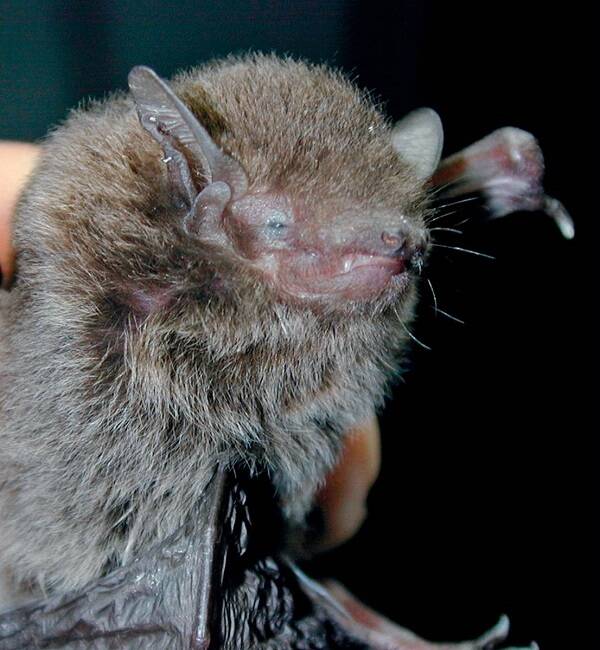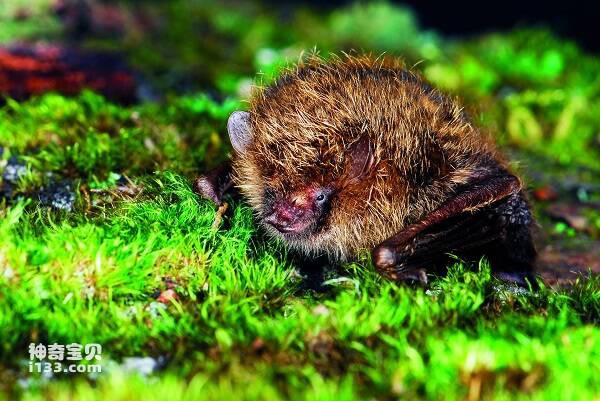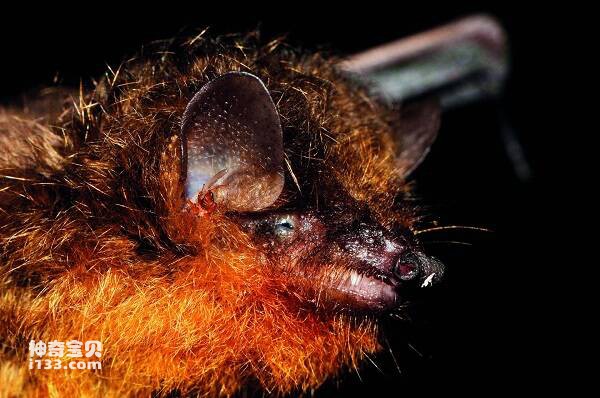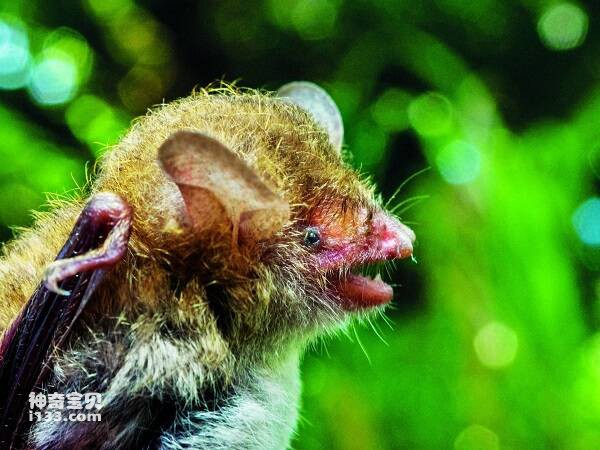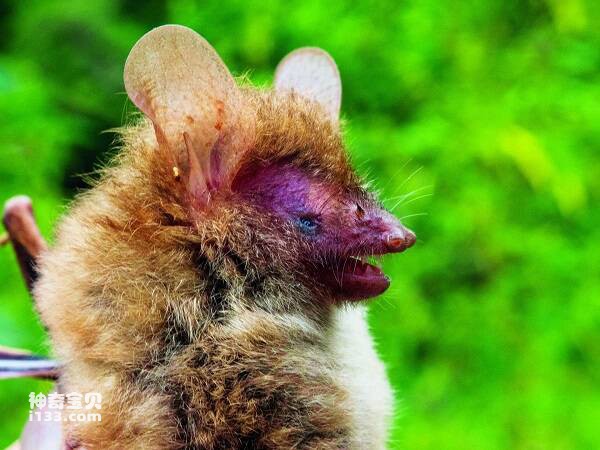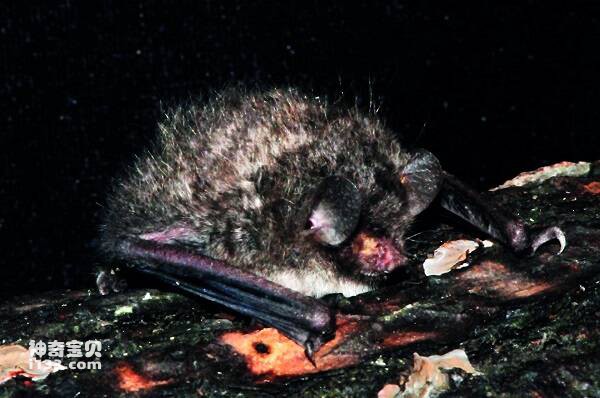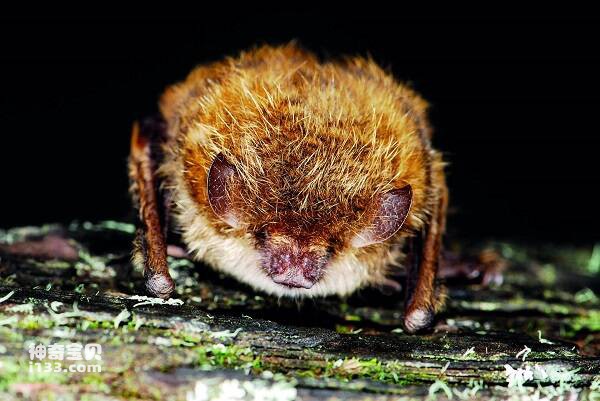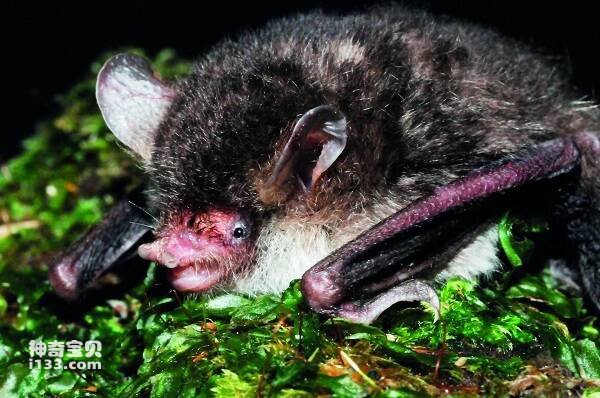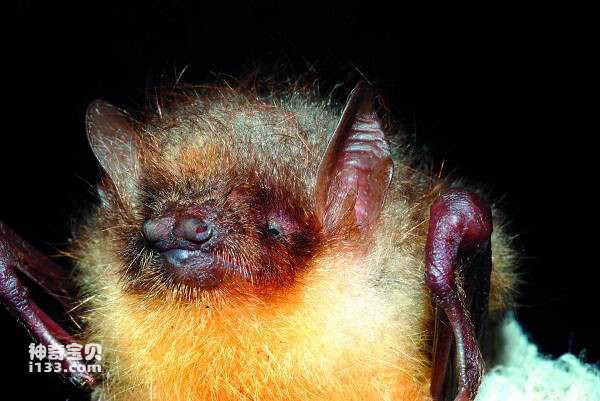Pipistrellus abramus
IUCN
LCBasic Information
Scientific classification
- name:Pipistrellus abramus
- Scientific Name:Pipistrellus abramus
- Outline:Chiroptera
- Family:Chiroptera batidae Pipistrella
Vital signs
- length:40-48mm
- Weight:4-5g
- lifetime:17years
Feature
The penis bone is very long, up to more than 10mm.
Distribution and Habitat
It is distributed in southern and southeastern China and Taiwan, including Yunnan, Sichuan, Jiangxi, Shaanxi, Xinjiang, Shandong, Zhejiang, Guangxi and Guangdong, and is also found in Xinjiang. Foreign distribution from Britain, Ireland, to the western part of the European continent, and then east to Central Asia; South to India and Indochina. As far north as western Russia.
Common pivowing is a very common kind of bat, especially near cities and villages, more common, perches under the eaves of houses or ancient houses, and often hides in the roof tile gap or tree hole, the habitat is not fixed, often with the abundance of food and move.
Appearance
It's small. Head length 40-48mm. Tail length 29-35mm. Forearm length 25-33mm. Hind foot length 5-7mm. Weigh about 4-5g. It is slightly smaller than the East Asian Pipistrella and has relatively dark fur. The hair is fine and fluffy, the coat is light black gray, and it is lighter near the body side. The head and back are slightly yellowish to chestnut brown, with dark hair base. The base of the throat and abdomen is also black, and the tips are slightly lighter. The wings are relatively narrow. The tail is shorter. The glands in the snout are obvious. The ears are short and broad, the leading edge is slightly convex, the tip is blunt, and the posterior edge is concave. The tragus is about half the height of the ear. The penis bone is small, double-forked at the front end, and relatively swollen at the base. The skull is small and narrow. The snout is long and narrow, with a shallow groove in the center. The premaxilla and maxilla healed. No sagittal ridge, weak herringbone ridge.
Details
The common pipistrella is a very common type of bat that lives in clusters and catches insects for food. In groups of 5 to 20, the activity is closely related to food, leaving the residence in the evening and returning at dawn. The activity frequency of the return is positively correlated with temperature and negatively correlated with light. The relative humidity of the air can be active in the range of 52.2-93.0%. The limiting effect of temperature is large, and low temperature affects the hibernation of common pipistrellus through metabolism, and the hibernation time is generally from November to March of the next year, up to 4-5 months. Prey on insects, especially mosquitoes.
Common pipistrella has a wide range of habitats and a variety of habitat types, but seems to prefer human habitation, such as residential areas, farms, parks, etc., and often choose houses as their daily habitat. Mating at the end of August - September. The formation of the mother and child group has a special nursery, at this time the territorial awareness is enhanced. There is delayed fertilization. The gestation period is 35-51 days (45 days is more common), and the litter is born in early June to July, with 1-2 piglets per litter. Life span is known to be up to 17 years.
Common pivotellus perches in residential buildings and is associated with humans. Because of its widespread distribution and large number, it has a certain effect on controlling the number of mosquitoes. Feces can be used as medicine, called "night bright sand".
The common pipistrella is listed on the International Union for Conservation of Nature (IUCN) 2008 Red List of Threatened Species ver 3.1 - Not Threatened (LC).
